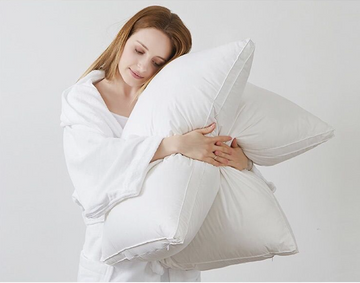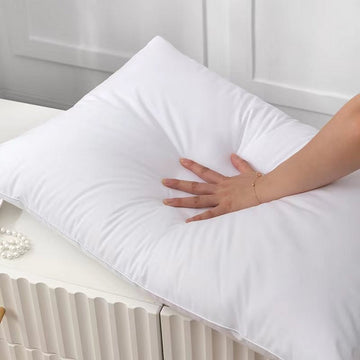Understanding the Role of Comforters in Temperature Regulation
The Science Behind Comforter Insulation
The warmth of a comforter comes from trapping body heat. This happens due to the filling inside. Materials like down or synthetic fibers hold warm air close to your body. The more space within the filling, the more heat it can trap. But for those who sleep hot, too much insulation can make them overheat. A good comforter for hot sleepers will have less filling. It should also allow air to pass through. This helps to remove extra body heat and moisture.

Factors Affecting Comforter Effectiveness
Several factors can affect a comforter’s ability to regulate temperature. Weight, weave, and fill power all play roles. Heavier comforters can trap more heat, while lighter ones allow for better airflow. Tightly woven fabrics may not breathe as well as looser weaves. High fill power indicates a fluffier comforter, but it can also retain more warmth. For hot sleepers, finding the right balance is crucial. Opt for a comforter with a light weight and low fill power. Choose one made with a breathable weave to ensure the best temperature control. Keep these factors in mind to stay cool throughout the night.
Selecting Comforters for Hot Sleepers: Material and Features to Consider
The Best Materials for Keeping Cool

Choosing the right comforter is key for hot sleepers. Here’s what to look out for:
- Breathable Fabrics: Look for natural fibers like cotton or bamboo. These materials allow air to flow, which helps keep you cool.
- Moisture-Wicking Technologies: Some fabrics come with moisture-wicking properties. They draw sweat away from your body to keep you dry.
- Lightweight Fillings: Opt for comforters with less fill or lighter materials. Down alternative or microfiber are good choices as they don’t trap heat.
- Specialized Cooling Fabrics: Outlast or phase change materials can absorb excess heat and release it as you cool down, helping to regulate your body temperature.
Pick carefully; a good night’s sleep depends on staying cool and comfy.
Key Features that Promote Cooling and Comfort
When picking a comforter for hot sleepers, key features matter.
- Breathability: It lets air move freely, keeping your sleep cool.
- Moisture-wicking: This feature draws sweat away for dry comfort.
- Lightweight: Heavier comforters trap heat, so choose a light one.
- Thermal Regulation: Some have tech that adjusts to your body temp.
Look for these when shopping to ensure a cool and restful night's sleep.
Implementing Bedding Strategies for Improved Sleep Quality
The Importance of Bedding for Hot Sleepers
For hot sleepers, bedding isn’t just about comfort; it's key to quality sleep. The right bedding aids in temperature control, preventing night sweats and disruptions. It acts like a thermostat, offering a layer that can cool or warm you as needed. Light and breathable fabrics work best, as they permit air flow and wick away moisture. Selecting the proper bedding is essential for those who tend to overheat at night. It can be the difference between a restful night and a restless one. To ensure the best sleep, hot sleepers should prioritize bedding tailored to their needs.
How to Choose and Use Bedding for Optimal Comfort
For hot sleepers, your bedding can make or break restful sleep. Start with these tips. Select lightweight, breathable fabrics such as cotton or bamboo. Opt for moisture-wicking sheets to keep sweat at bay. Choose a thinner comforter with a low tog rating for less heat retention. Consider layering with a light blanket for easy adjustments. Airflow is key, so avoid tight-fitting or non-porous mattress protectors. Lastly, flip pillows to the cooler side as needed for a quick refresh. Keep it simple and cool for the best slumber.






